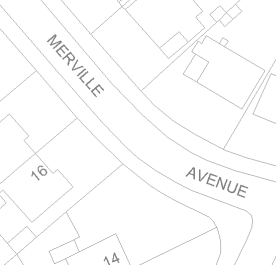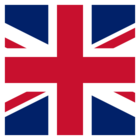Does anyone think it is possible to take annotation that is a single feature but contains multiple words (of different rotations) and create a new feature for every word with a new textpoint geometry and rotation for that word?
For example the following is a single piece of text that is curved to follow the road.
- I want to separate this into two objects
- New location for the second word
- New rotation of the second word

I haven't attempted this yet but wondering if its something that could possibly be achieved in FME
Thanks






